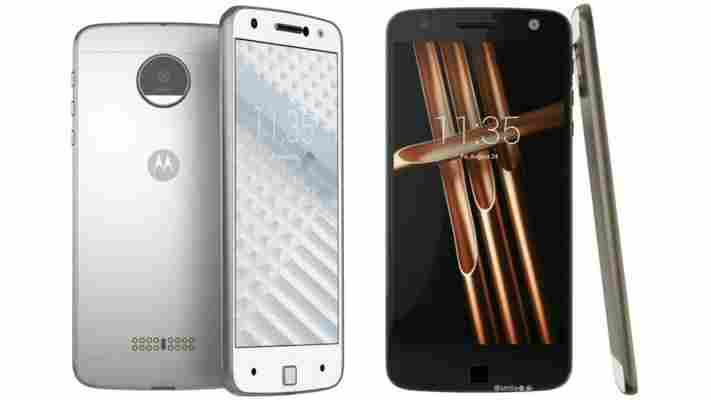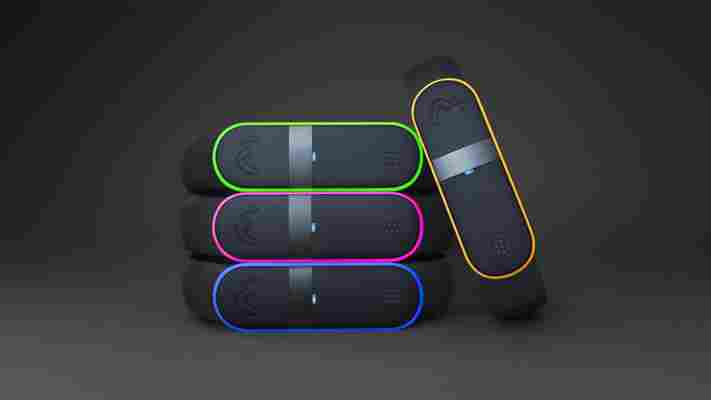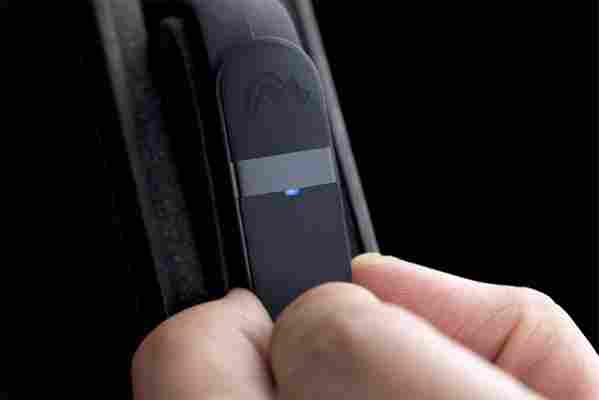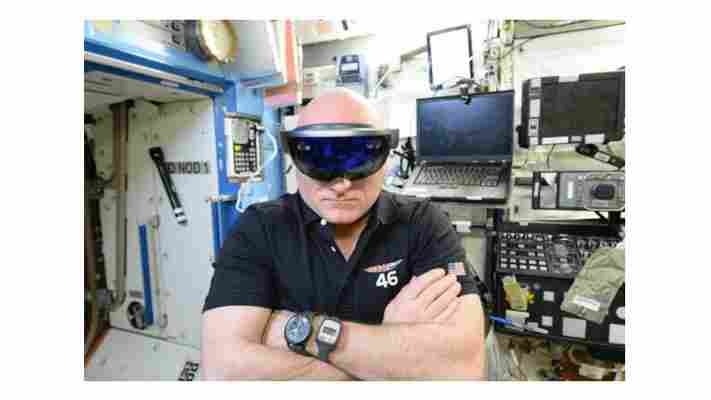Motorola appears to be taking a page out of LG’s book this year. The most recent batch of leaks suggest the 2016 Moto X will feature an all metal design with a collection of detachable accessory modules. Just like last year , there will be a high-end model, and a lower-spec’d cheaper device.

According to a report by VentureBeat’s Evan Blass – better known as @evleaks – both devices device appears to be slim metal slabs, with pronounced camera modules and a dock connector on the rear.
On the front, there’s an alarmingly huge bezel housing a fingerprint reader.
Spec wise, the high end ‘Vector Thin’ comes with 2016’s standard hardware cocktail:
Snapdragon 820
3GB or 4GB of RAM
32GB of storage
5.5 inch QHD AMOLED screen
16MP camera with phase detection and laser-assisted autofocus
2,600 mAh battery
As for the midrange ‘Vertex,’ you’ll get:
A Snapdragon 625 clocked to 2.4 Ghz (instead of 2.0 Ghz)
2GB RAM/16GB
OR 3GB RAM/32GB storage
13MP camera with optical image stabilization
5.5-inch 1080p AMOLED screen
3,500 mAh battery
The more interesting bit is the ecosystem of modules compatible with both phones called ‘Amps.’
Though the concept is similar to LG’s G5 , the execution is markedly different; Motorola’s modules are magnetically attached to the back of the phone instead of requiring you to remove the battery. Attaching the modules will make the camera sit flush with the body instead of the current protruding design.
The dock connector will reportedly support at least six modules called ‘Amps,’ including stereo speakers, a battery pack, a camera grip with flash and optical zoom, a pico projector and a rugged case with a wide-angle lens attachment.
Both phones will ship with ‘simple colored backplates,’ although it’s not clear if those do anything. Here’s to hoping the Vector Thin at least includes that battery module by default; 2600 mAh is way too small for a phone of its size and specifications.
At first glance, Motorola seems to be taking a more elegant approach to modular design than LG. We thought the G5’s design felt a little cheap, and the Moto X won’t require you to you shut your phone off every single time you want to change a module.
It also adds some flexibility as to the type of modules that can be attached, as they can take on any shape and size as long as they can interface with the dock connector.
There are no specifics on pricing or availability yet, but it seems we won’t have to wait to find out; the phones will likely be announced at the Lenovo Tech World event on June 9.
Ideal Gifts: The Movo Wave is the perfect stocking stuffer to help you get in shape
In the Ideal Gifts series, The Next Web team shares personal recommendations for gifts to give this holiday season.

It’s all too easy to pack on a few extra pounds while feasting through the holiday season. If you’d like to help your loved ones get back in shape, add the Movo Wave fitness tracker to your gift shopping list.
At just $35, the Wave is fairly inexpensive and offers just enough features for people who want to start losing a few inches. It measures distance, steps and calories burned and so is great for walking and running.


There’s no interface on the device: it counts steps as long as you wear it, so you don’t need to remember to start and stop tracking your jogs. To see your progress, simply plug the device into your Android or iOS phone’s headphone jack and pair it with the companion app.
I began using it in March when I first reviewed it ; it still accompanies me every time I head out. I find the ability to track my daily steps gives me a reason to choose walking over driving short distances, and that’s certainly worth $35.
The Wave looks neat, lets you add a color accent with an accessory loop and lasts two weeks on a single charge. The app has also recently been updated to let you snap a progress selfie when you check your stats for the day.
If you’re looking for a thoughtful gift for folks who are just getting started with fitness routines, the Wave is a no-brainer.
➤ Movo Wave [$35]
NASA puts Microsoft’s HoloLens to work in space
NASA is bringing virtual reality to space, using Microsoft’s HoloLens aboard the International Space Station (ISS).

As part of a project called Sidekick , the astronauts on ISS will be using the augmented reality headsets to aid them while carrying out repairs and tasks on-board.
This will be done in two ways – using the ‘Remote Expert Mode’ where an astronaut is talked through each step via Skype, and the ‘Procedure Mode’ where holograms are used to illustrate what needs to be done.
It means if an astronaut is carrying out a difficult repair task, NASA can send on visual instructions that can be overlaid on the physical objects on the space station using the HoloLens.
In preparation for its use on the ISS, NASA tested the HoloLens in its Aquarius underwater research station.
NASA hasn’t said that HoloLens will be made standard issue for all of its missions just yet but it certainly looks like it could help with training and communications during difficult tasks or crises.
➤ Microsoft HoloLens in space: Making science fiction (mixed) reality [Microsoft]
